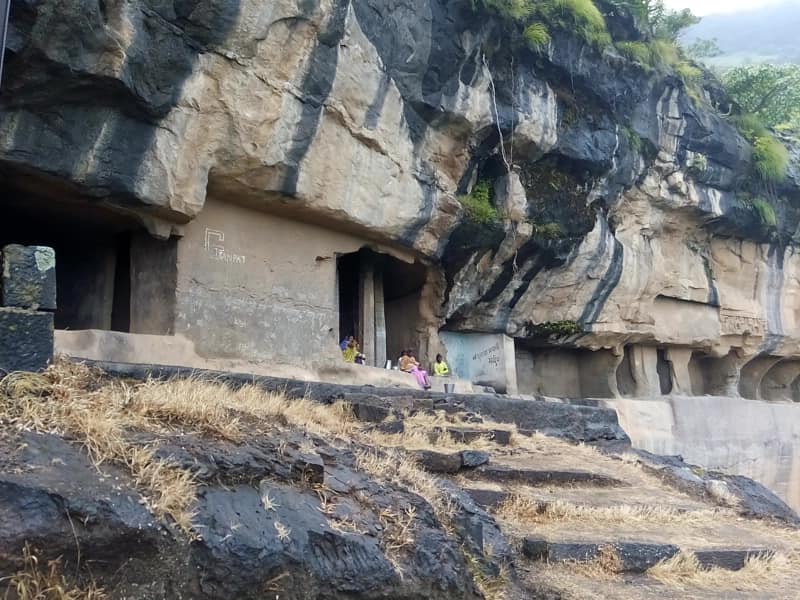Tulja Buddhist Caves- Maharashtra

Address
Tulja Buddhist Caves- Somatwadi, Maharashtra 410502
Diety
Buddha
Introduction
Tulja Caves are located beyond the Shivneri hill, about 4km to the west of Junnar, India. Other caves surrounding the city of Junnar are: Manmodi Caves, Shivneri Caves and Lenyadri caves. The cave has circular Chaitya hall surrounded by twelve octagonal pillars around Stupa. These caves are one of the earliest caves of Junnar, excavated around 50 B.C. This Buddhist cave group consist of 11 cave. Now, cave No 4 is taken over by Hindus and converted into a temple of goddess Tulja Devi. The Tulja Lena caves lie in a hill about a mile and a half or two miles north-west from Junnar, beyond the north end of Sivaneri hill. They are so named, because one of them has been appropriated by the modern Brahmans as a shrine of Tulja Devi, a form of Bhavani, the consort of Shiva.
Puranic Significance
The caves run along the face of the cliff nearly from south-east to north-west, facing about south-west, but all the façades have fallen away. They consist of a number of cells and two small viharas, with a Chaitya cave of a form quite unique. It is circular in plan, 25 feet 6 inches across, with a dagoba in the centre, 8 feet 2 inches in diameter, surrounded by twelve plain octagonal shafts 11 feet in height, supporting a dome over the dagoba. The surrounding aisle is roofed by a half arch rising from the wall to the upper side of an architrave 7 or 8 inches deep over the pillars. The dagoba is perfectly plain, but its capital has been hewn off to convert it into a huge linga of Shiva, and even the dome is much hacked into, while some of the pillars have been notched and others broken. In front of this cave and the one on each side of it is a platform built by the modern devotees of Tulja Devi. The Junnar region in Maharashtra has the largest number of rock-cut caves in India. All the caves here belong to the Hinayana phase and are datable from mid 3rd century B.C. to late 3rd century A.D. Tulja Lena is the smallest group at Junnar, with 11 caves datable from 1st century B.C. to 1st century A.D. These caves are situated together in a row and face roughly east-northeast.
Century/Period/Age
3rd century A.D.
Managed By
Archaeological Survey of India (ASI)
Nearest Bus Station
Junnar
Nearest Railway Station
Talegaon
Nearest Airport
Junnar









